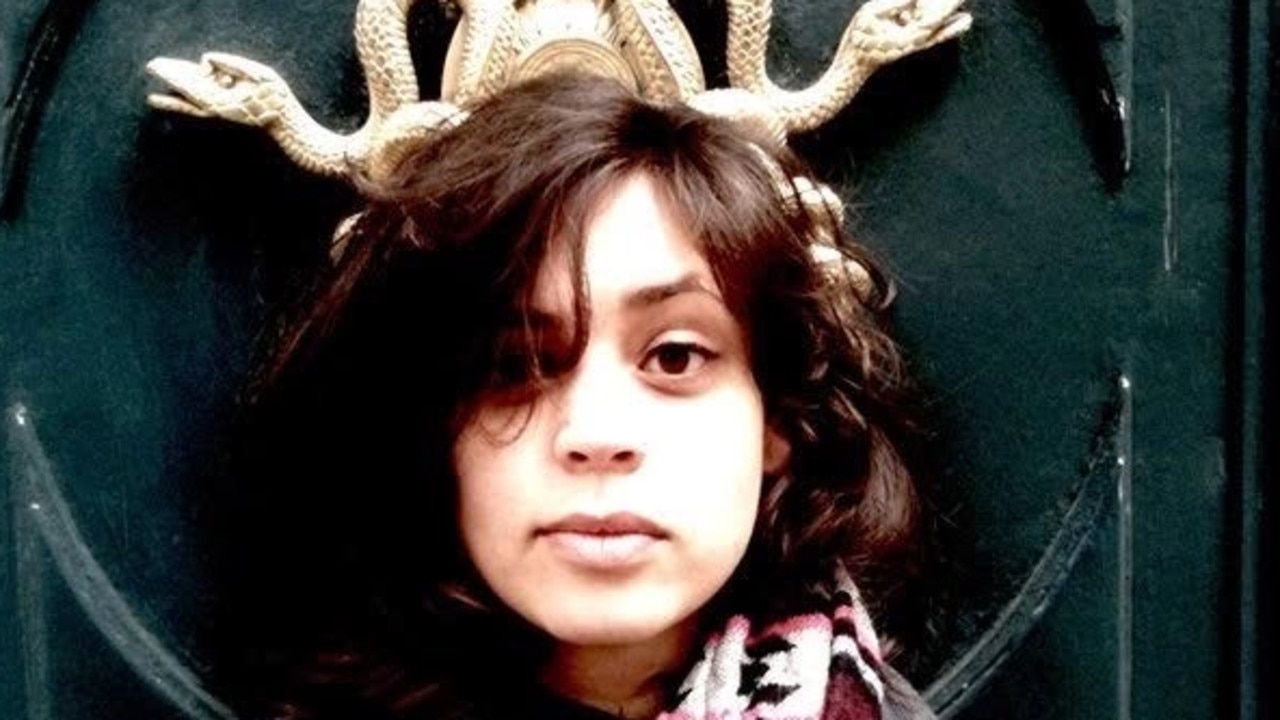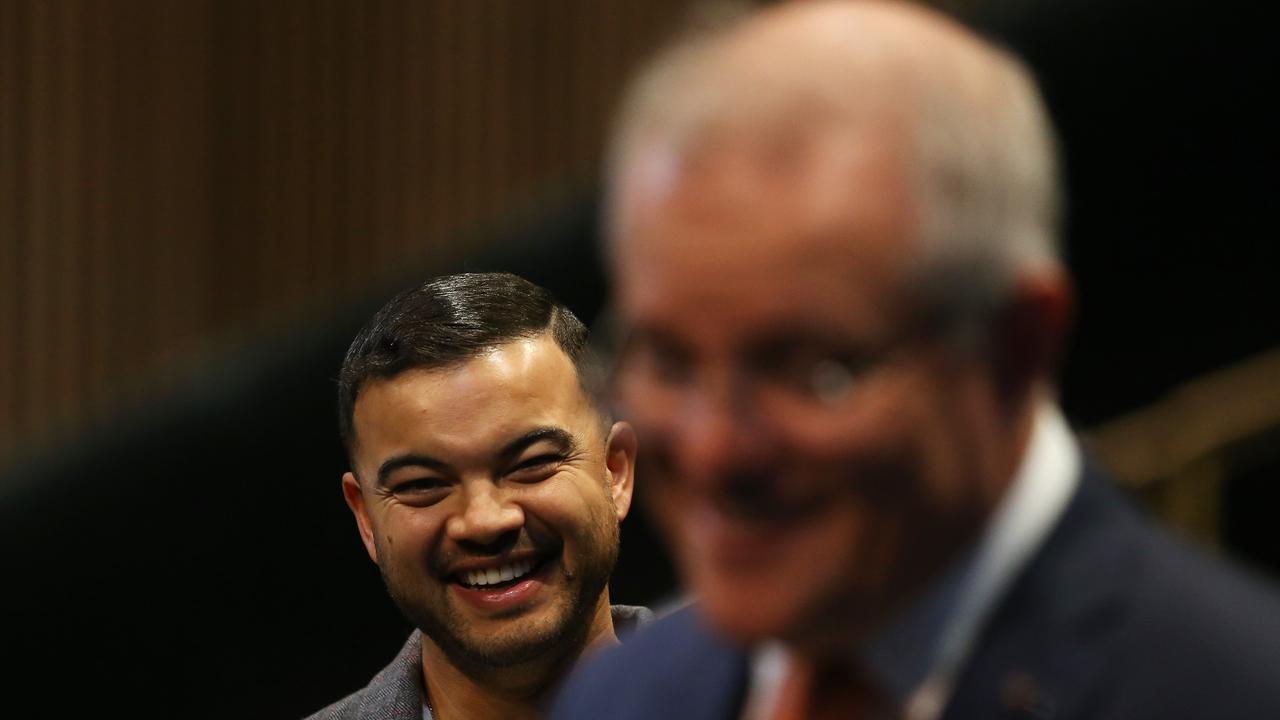Atomic bomb trials at Maralinga sent artist Kate Downhill’s father on walkabout
ARTIST Kate Downhill can only surmise that her father’s involvement with atomic bomb testing at Maralinga and other Australian test sites did something to him that changed his life.

Arts
Don't miss out on the headlines from Arts. Followed categories will be added to My News.
WHEN UK Special Branch police asked Kate Downhill to identify the body of a man who might be her father, a decades-old family mystery was on its way to being solved.
It was 2001 and the man was, indeed, Bernard Downhill. A seismologist with the Atomic Weapons Research Institute, he had lived as a tramp since the day in 1966 when he simply walked out of the family home in Essex, never to return.
The last five years of his life had revolved around a public bench in Lancaster. Residents left flowers and cards on the bench after hearing of his death.
Kate Downhill, now a Sydney artist, can only surmise that her father’s involvement with atomic bomb testing at Maralinga and other Australian test sites did something to him that changed his life.
“He never talked about it, because he would have signed the Official Secrets Act,” Downhill says.
Bernard Downhill, his daughter says, was caring, fit and inventive. His faith in nuclear power as the key to a clean energy future was subsumed by Britain’s Cold War imperative to develop the bomb. It went down in family history that Bernard Downhill sank into some kind of neurosis or depression on return from one of his trips to Australia for the British atomic testing.
He began going “walkabout” in the English country, finally leaving for good.
On Saturday, one of Kate Downhill’s artworks goes on view in an exhibition whose official opening next Tuesday September 27 marks the 60th anniversary of the first atomic test at Maralinga, home to many indigenous people in the South Australian desert.
Downhill’s painting, titled Operation Hurricane, commemorates some of the sites that still resonate with their sinister connection to the Cold War.
Called Black Mist Burnt Country, the exhibition will be officially opened next Tuesday by artist Ben Quilty, in the presence of indigenous communities affected by the testing. Earlier in the day at the gallery, journalist Elizabeth Tynan’s book, Atomic Thunder, The Maralinga Story, will be launched.

The tandem events will be an historical revelation for new generations about Maralinga and the continued global nuclear threat, according to exhibition curator JD Mittmann. He believes the story is little known.
During the Cold War, the British government asked Australia for permission to test nuclear weapons in the desert and Prime Minister Menzies, without reference to his Cabinet, consented.
The British established Maralinga as a permanent test base and instigated seven major atomic explosions there between 1956 and 1967.
Before that, the British detonated three atomic bombs on the Montebello Islands in Western Australia, and two at Emu Field in northern South Australia.
A 1980s Royal Commission in Australia concluded that a post-testing clean-up of Maralinga by the British had been insufficient. The commission recommended a land rehabilitation program which has been completed. A relatively small area of the former test site, however, remains uninhabitable due to contamination.

On Sunday at 3pm, Mittmann will give an overview of works in the exhibition by artists including Blak Douglas (aka Adam Hill), Kate Shaw, Ian Howard, Rosemary Laing and Hugh Ramage.
Kate Downhill will give a talk at the exhibition on October 9 at 3pm. Her father’s story is bound to come up.
“He absolutely loved Australia and he wanted us to live here,” she says. She has buried a lock of his hair in the desert near Maralinga.
* Black Mist Burnt Country, from Saturday until October 30, S.H. Ervin Gallery, Watson Rd, Observatory Hill, The Rocks, $10 adults, $7 concession, $4 National Trust members, shervingallery.com.au


